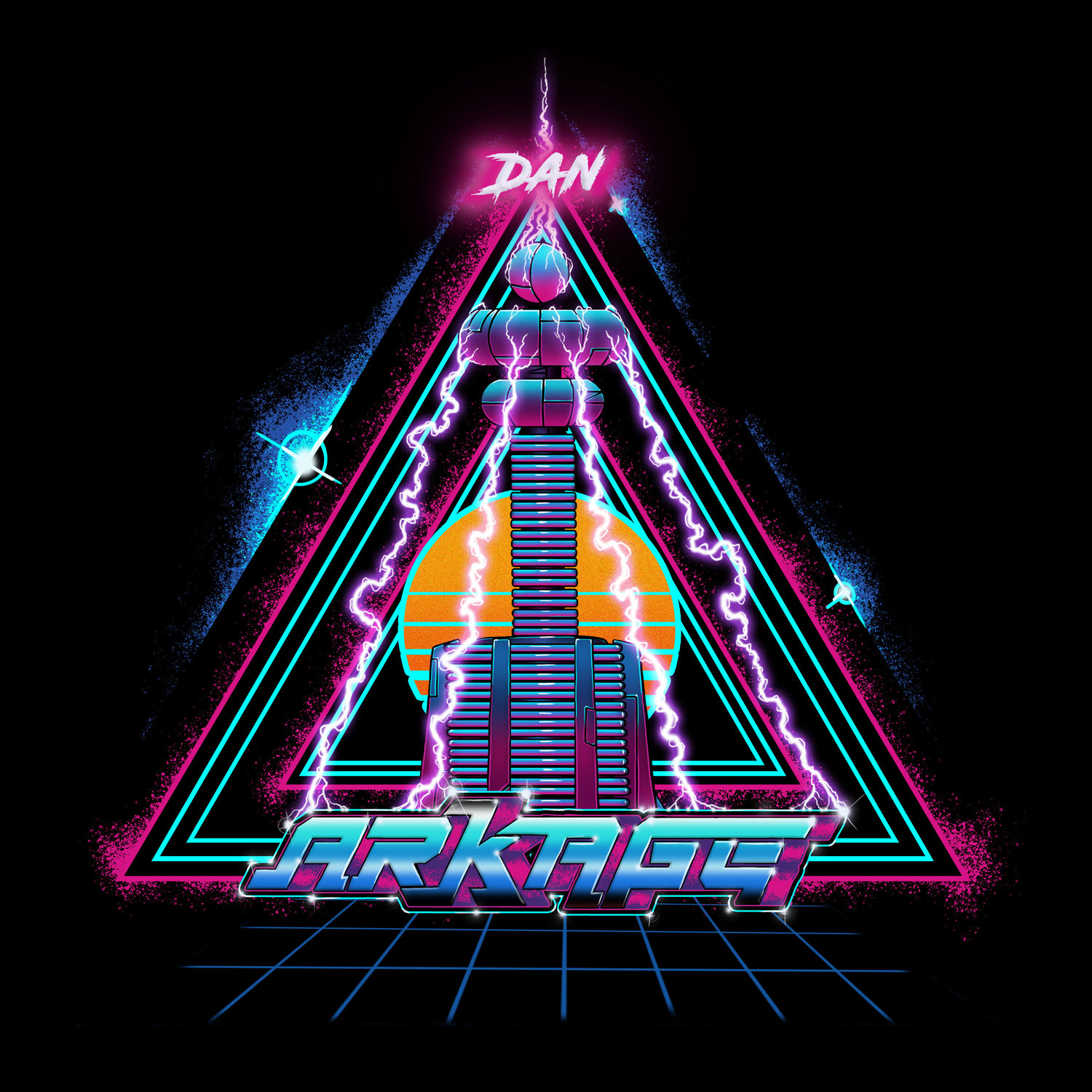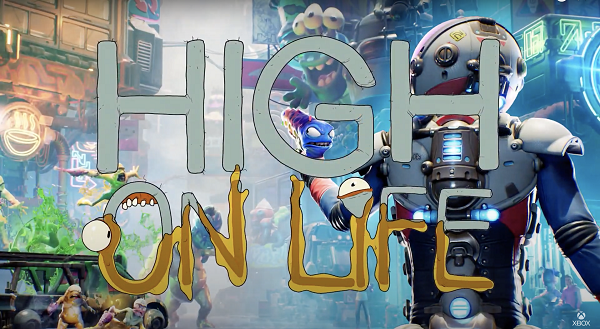Sometimes games come along where your enjoyment of them will be highly dependent on if you like another form of media. This goes beyond just, “I like Game of Thrones, so I like fantasy games”, this is enjoying one specific thing because you enjoy a different specific thing.
It’s this exact scenario that High on Life exists in. Enjoyment of it will stem, in a very significant way, from if you like the animated comedy Rick and Morty. This is because that show's co-creator, Justin Roiland, was heavily involved in the development of it, including coming up with the original concept and writing a lot of the script, as well as playing a major character.
The concept is that aliens have invaded earth because humans, as it turns out, can be turned into psychedelic drugs for them. So a cartel called the G3 corner this lucrative market and it's up to you to save the day. From there you and your sister are teleported to an alien city, you pick up a talking alien gun and set off on your mission to save the world.
You set off on this planet hopping adventure as a bounty hunter with the help of Gene, a foul mouthed former bounty hunter who acts as mission giver and lore dump and takes over your house. Gene is an arsehole, he really is, but has a nice little character arc overall. Him being such a dick is indicative of the type of characters and humor you will encounter throughout the entire game, so you will probably decide if it's for you within the first thirty or so minutes of the game.
This will be compounded by the fact that the first gun you pick up, a Gatlian named Kenny, is literally just Morty from Rick and Morty, voice and all. For me, this wasn’t a bad thing, I like the show so having him as my first gun was kinda cool and the very fact that your guns are sentient beings is a cool concept.
I cannot stress enough though the smartest two things the game does. First, it gives you the option in the settings to turn down the amount of talking the guns do and second, it gives you more than one. If progress meant a new attachment for Kenny to change how he fired, but you still ended up with the same voice for the entire game, that would end up very annoying by the end, especially with the little vocal prompts about the secondary fire modes.
As such, you encounter more Gatlians with different voices, and while they are the standard FPS arsenal - shotgun, SMG, etc, due to those voices it provides some much needed audio variety, though it was still just on the edge of annoying by the time I got to the end of campaign. Your mileage on that may vary, as it's probably gonna be the most subjective thing about the entire game.
The actual gameplay is pretty solid, with the Gatlians having a decent punch behind them and each having an alternate fire mode that provides additional combat options, such as Kenny’s Glob shot that fires a large ball of slime that has AOE effect and allows you to juggle enemies who have been launched, which is a lot of fun but not actually necessary for the majority of encounters. These alt fire modes also open up new routes for getting around the levels and find the strange box like creatures that form the majority of the collectibles.
The encounters themselves throw a lot of enemies at you that require different strategies. It’s all very Halo to be honest, with the smaller enemies running up and requiring one well placed headshot to finish off, while the next one up will use cover and try to flank you. Larger enemies barrel in and try to melee you, taking more shots to take down. No one enemy feels like a bullet sponge, and taking the ‘combat puzzle’ approach will result in swift victory.
Boss battles are entertaining, requiring you to use all of your unlocked equipment and skills at that point to take them down, and when they hit back they hit hard. The penultimate boss is probably my favorite and a real highlight of the game overall, with some cool effects that make it stick in your mind.
Unfortunately, the game does have problems. I encountered audio bugs a lot when in combat encounters, with the sound suddenly changing like the speaker had been submerged in water. I had to uninstall and reinstall the game from game pass after my first play as it just wouldn’t launch for no reason at all. The frame can dip quite a lot, surprisingly not too bad during fights but more just running around the world, it's not insane but is noticeable.
The character models for Gene and your sister, and her especially, when talking to you back at the house often don’t seem to be looking at you when talking to you. Now, this might be that your sister just did an epic amount of coke before everything kicked off and is supposed to be looking off into space, but it's just weird. Gene has three eyes, one of which doesn’t work, but still sometimes isn’t looking in your direction when talking right at you. It's a weird little thing that breaks immersion a bit, it's not a deal breaker by any stretch, just very distracting.
Honestly the biggest problem, and this goes back to your enjoyment of Rick and Morty, is how much you can stomach the voice acting. It is an extremely voice heavy game, even by most FPS standards, and by extension of the fact it is a comedy action game that doesn't always hit and can get repetitive in spots. As I stated previously, it was just on the verge of getting annoying by the time I completed the game and while you can go back after the campaign to search for any collectibles you missed, you might not want to and then have the voice acting go over that edge.
If you are looking for a solid FPS with a cool premise and some genuinely funny moments then you would be hard pushed to beat High on Life. If you hate Rick and Morty, this won’t change your mind, and could potentially increase it, but if you turn the voice acting down and take it as a decent but not spectacular FPS you might well have a good time for the around ten hours it will take to finish it. Considering it is free on gamepass, there is no reason not to give it a try.












